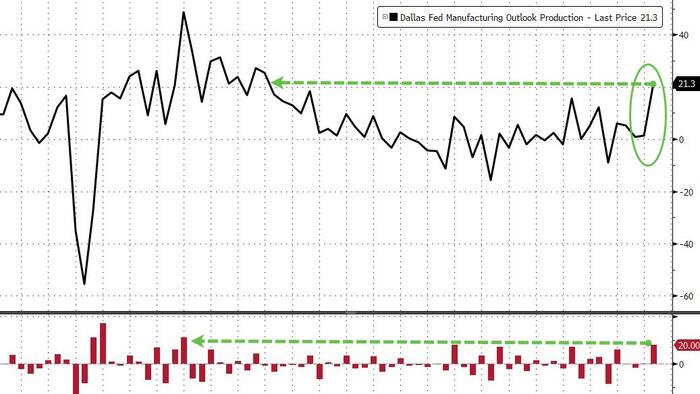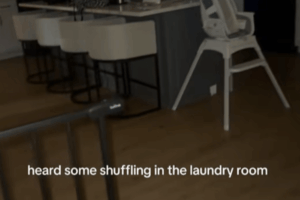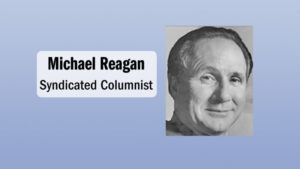
Texas factory activity made a significant rebound in July, as indicated by responses from business executives in the Texas Manufacturing Outlook Survey conducted by the Dallas Federal Reserve. The production index, a vital indicator of manufacturing conditions in the state, rose by 20 points to reach 21.3. This marks the highest level recorded in more than three years and represents the largest month-over-month increase since March 2021.
The survey revealed improvements across several key metrics. New orders, shipments, and capacity utilization all showed positive month-over-month trends. Additionally, labor market indicators suggested an uptick in both employment and work hours, contributing to a generally optimistic outlook among respondents.
Despite these positive developments, current inflation views have softened, with prices received by businesses notably lower than prices paid for inputs, indicating pressure on profit margins. Looking ahead, however, inflation expectations appear to be on the rise again.
Concerns Over Tariffs Loom Large
Tariffs emerged as a recurring concern among executives, particularly in light of recent announcements affecting countries from which they procure raw materials and packaging supplies. Respondents expressed that these tariffs are likely to strain operations and lead to increased prices, which could ultimately dampen demand.
One executive underscored the pervasive impact of tariffs: “Tariff impacts continue to hurt our overall business and profitability. It is impossible to plan, causing uncertainty throughout the supply chain.” Furthermore, many suppliers are beginning to pass on price increases, often attributing these hikes to tariff-related costs.
Conversely, a sense of renewed optimism was evident among some respondents. “We are starting to see orders roll in at a much higher rate than we have in previous months,” noted one manufacturer. This sentiment reflects a belief that the economic landscape may be improving, with increased capital spending in sectors such as oil and gas, defense, marine, hydropower, and nuclear power.
Call for Action on Interest Rates
The ongoing discussion about interest rates also features prominently in the survey feedback. A business owner in the computer and electronic product manufacturing sector made a direct appeal: “Please lower interest rates now, like other countries are doing.” This highlights a growing sentiment among manufacturers that easing interest rates could bolster economic activity.
As Texas manufacturing shows signs of recovery, the interplay between tariffs, inflation, and interest rates will remain critical factors influencing future performance. The collective voice of executives indicates a desire for supportive monetary policies to sustain the positive momentum in the sector.
The findings from the Texas Manufacturing Outlook Survey offer valuable insights into the current state of manufacturing in the state, illustrating both the challenges and opportunities faced by the industry as it navigates through a complex economic landscape.







